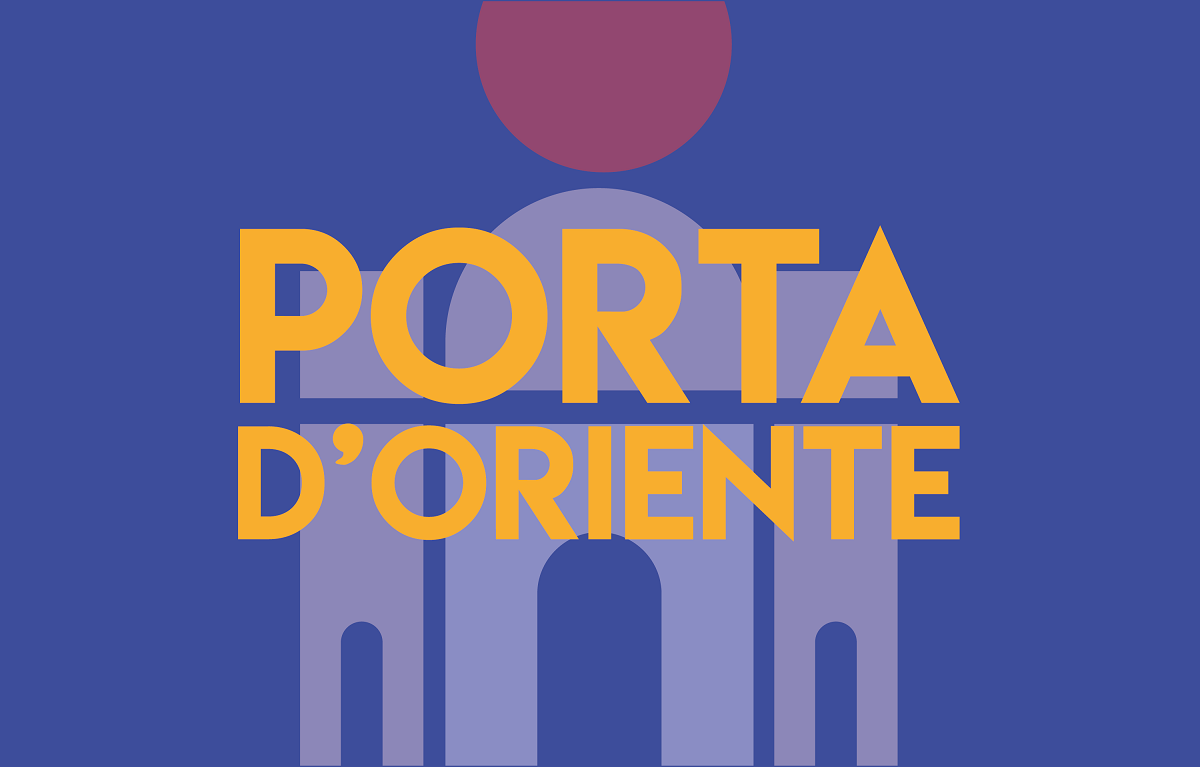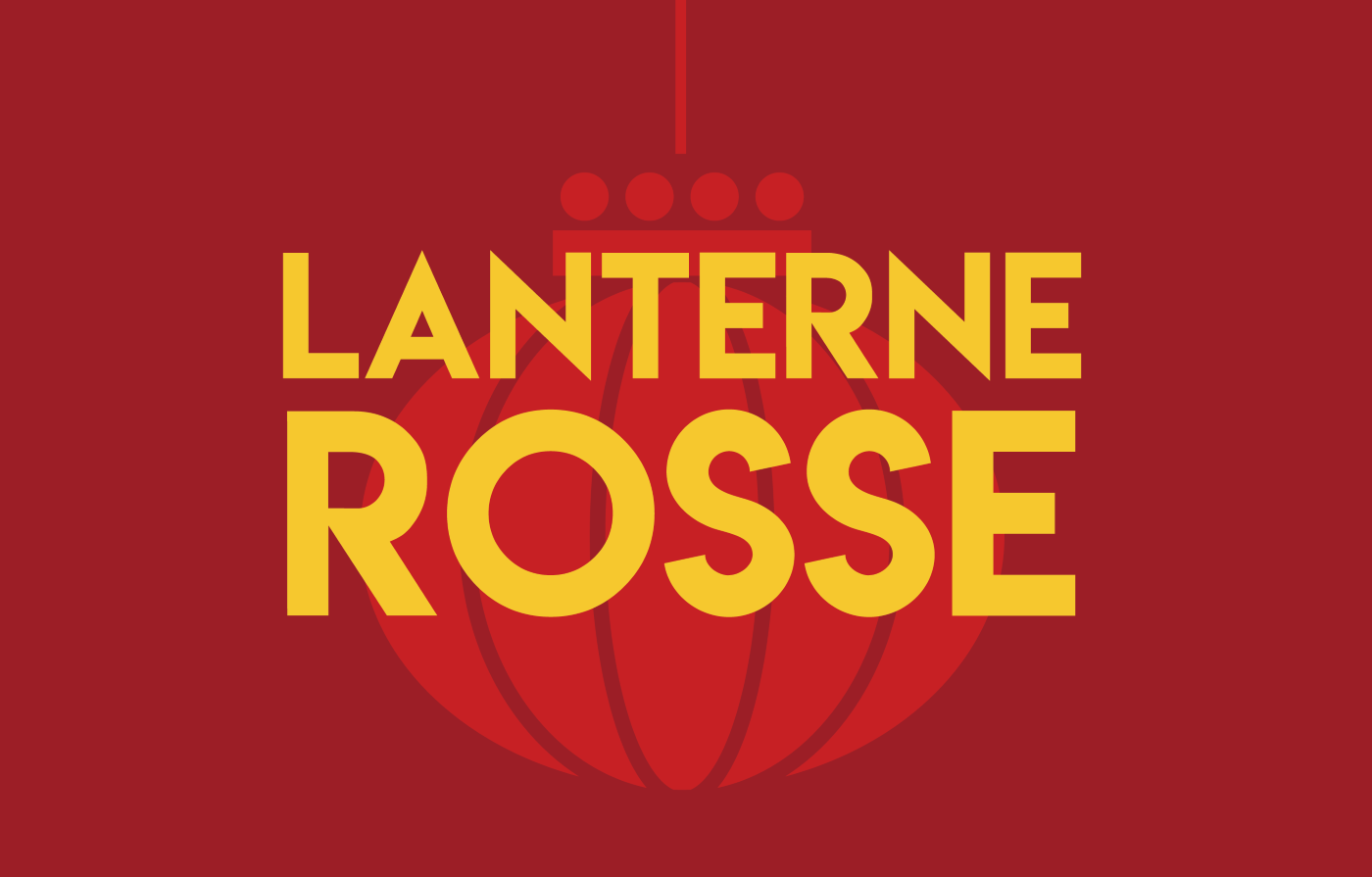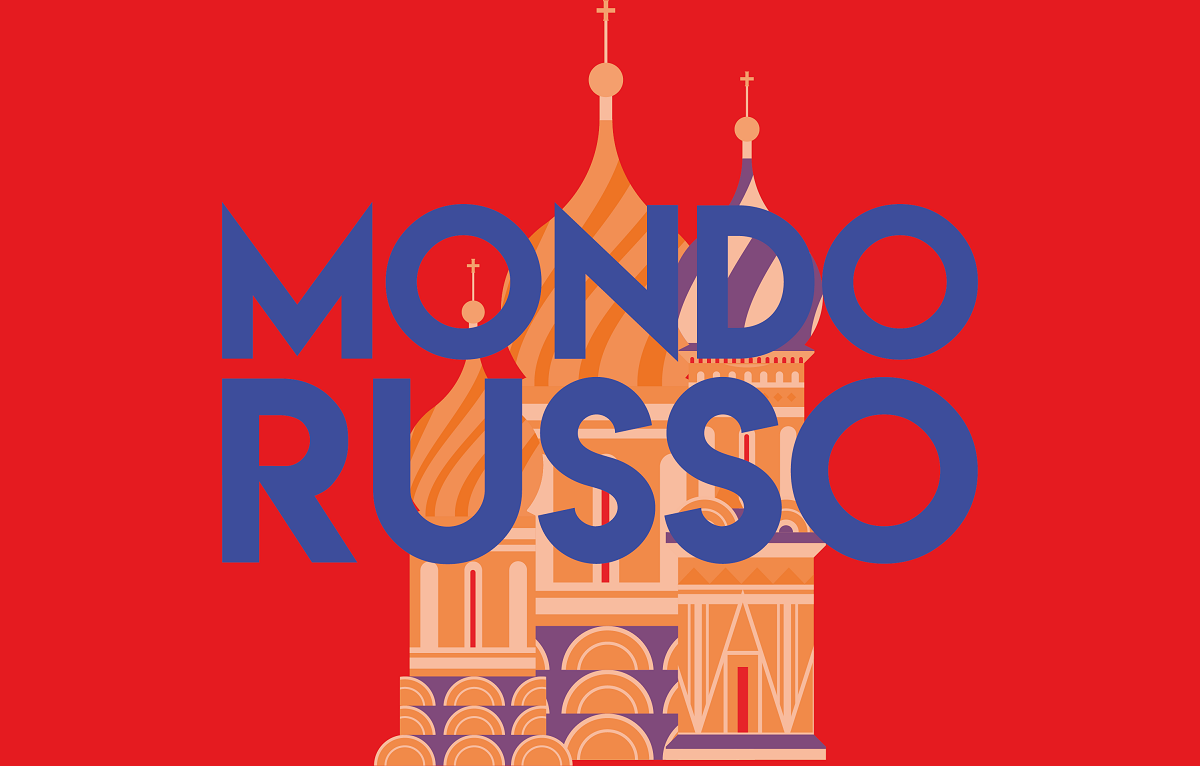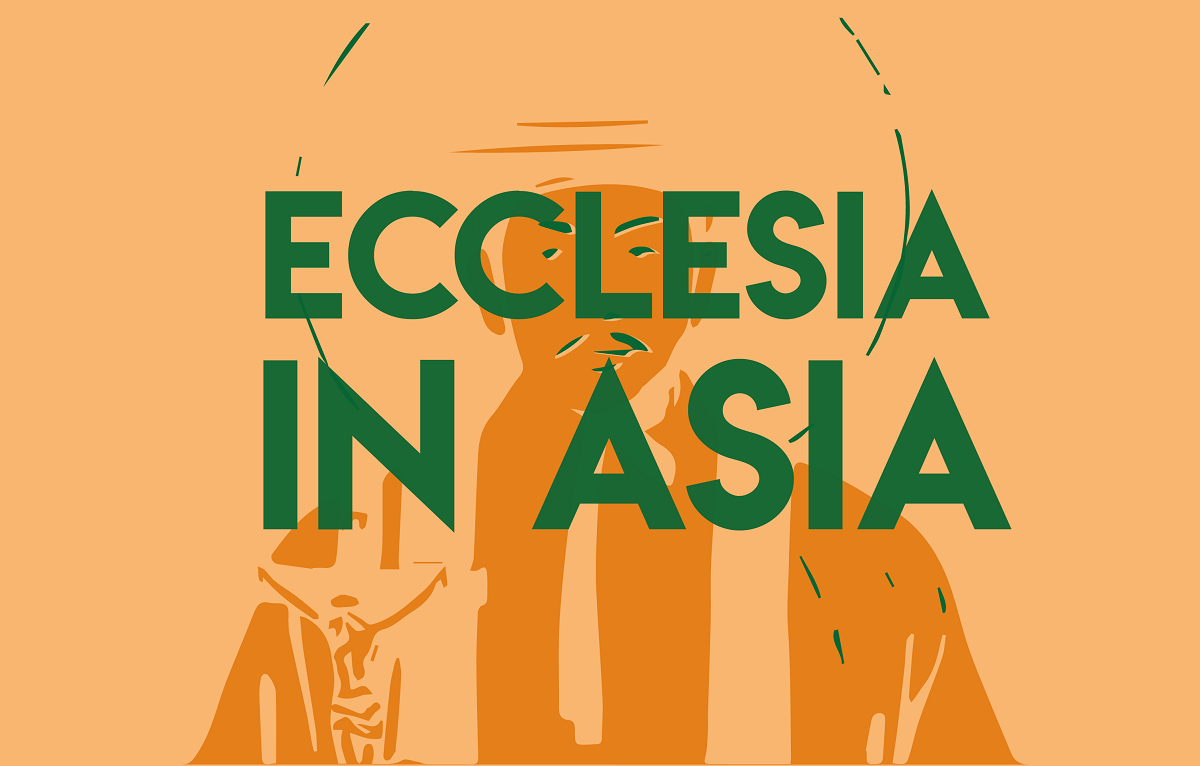Ashgabat's Tree of the Rich and Poor
For the past few years, the Christmas symbol has been installed in the central part of the capital of Turkmenistan on New Year's Eve, drawing more and more street kids, a sign of the contradictions of a country that fails to take care of some of its children.
Ashgabat (AsiaNews) – Large crowds surround the New Year tree in downtown Ashgabat, walking around, soaking in the festive atmosphere. Many are well dressed, a bit self-important in their bearing, and they are not alone. A legion of very poor children are also in the square, begging.
Sweets, drinks and ice cream are sold near the 44-metre-high fir tree, while children from destitute families spend the whole day hoping to get at least some chocolate. Most of the children, ranging in age from six to 12, are boys, but there are also some girls, and the older ones hold the hand of their younger brothers and sisters.
Some of the city’s most distinguished residents tend to look at them with a certain contempt; others have some compassion, and cannot help but pay some attention to these poor kids, dressed in rags in the bitter cold, giving them a few coins and something to eat. There are also those who turn the children away, shouting: “Hey! Don't you have parents?”
For some years, a New Year tree has been installed in front of the Alem cultural and entertainment complex in a central sector of the Turkmen capital, while the decorations "spread a very festive mood and hope in the coming year,” according to state media.
The authorities who organise such public people-friendly events are, however, oblivious to the child beggars, pretending they do not exist; after all, access to the capital from the provinces is restricted, public transport limited, and non-residents forced to return home.
Only police take care of street kids, chasing away those who get too close to the fir tree, ignoring those who extend their hand at a distance of 15 to 20 metres from the centre of the celebrations.
The number of child beggars has swelled in recent years in Turkmenistan, not only during the holidays, but also on weekdays, with kids begging in streets and knocking on doors to ask for old and discarded clothes, or anything that can be reused in some way.
At the beginning of the school year, kids scramble to collect what they need to go to school, filling bags with plastic to throw away, offering to wash cars, and acting as porters in markets, helping their parents.
Turkmen authorities have not officially reacted to the exponentially growth of the problem; instead, they are more concerned with picking the prettiest boys and girls to be “presented” at public events.
For many parents, the practice of choosing children to show off in public is absurd, a traumatic experience that lingers in the minds of their children, an attack on their dignity whether they are picked or rejected, even for upper-class children.
The children selected to be paraded must be dressed up at the parents’ expenses, a burden for those who are not rich, and have to pay for children’s prettiness.
The children chosen as the "most beautiful" must present themselves in front of the large fir tree upon the arrival of President Serdar Berdymukhamedov, following three weeks of rehearsing dances and other performances, learning poems and songs by heart, with gruelling exercises, often victims of teachers who are not shy about using violence to get the kids to do what they tell them.
With rather rude manners, children are chosen or discarded because their nose is “too long” or their eyes are “too thin”, triggering wretched anguish among those excluded from the circle of the elect.
For the chosen, parents must buy the national clothes chosen for the New Year's celebrations, which cannot be reused from one year to the next, a serious financial burden for many families, as clothing can cost almost as much as a monthly salary.
Girls must still have a white dress, socks and hats, cloaks and gloves. White conveys a sense of purity, in accordance with the prevailing notions, hiding a grubby and miserable reality, whose inhabitants wander in the corners of Ashgabat’s public spaces.
04/06/2020 14:26
13/02/2017 17:18
13/06/2023 09:46
02/05/2023 09:20
19/08/2022 09:59





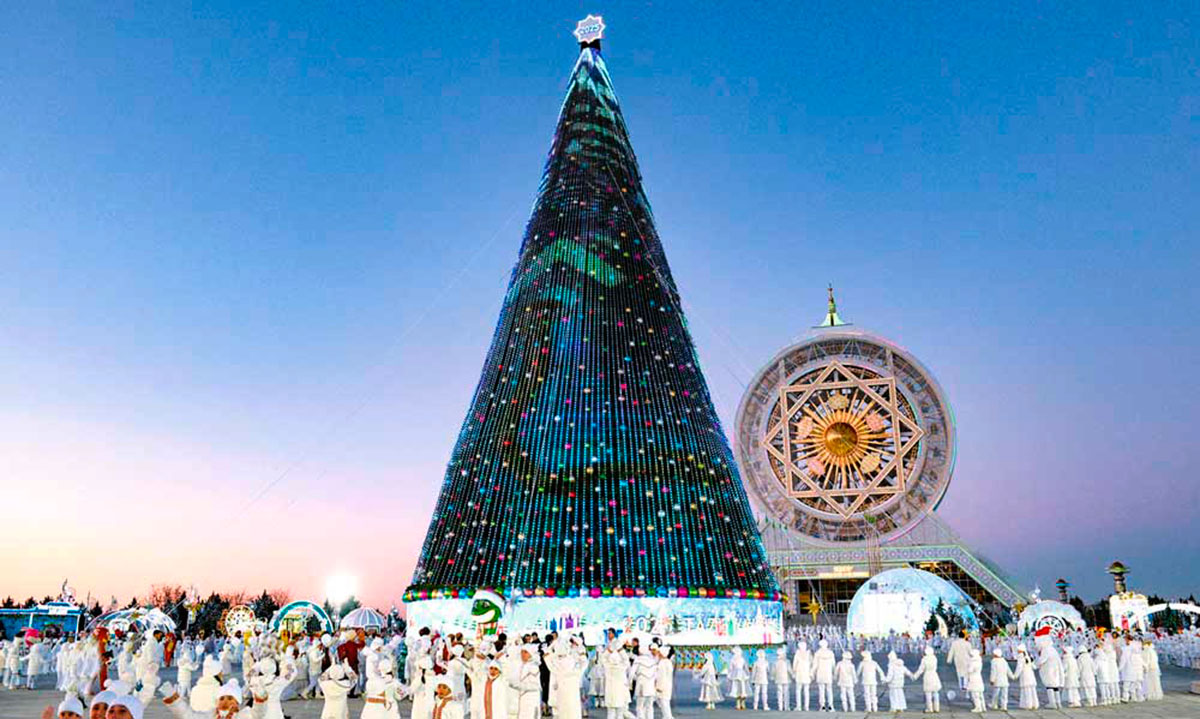

.png)
